Creation date 13 April 1719 | Monarch George I | |
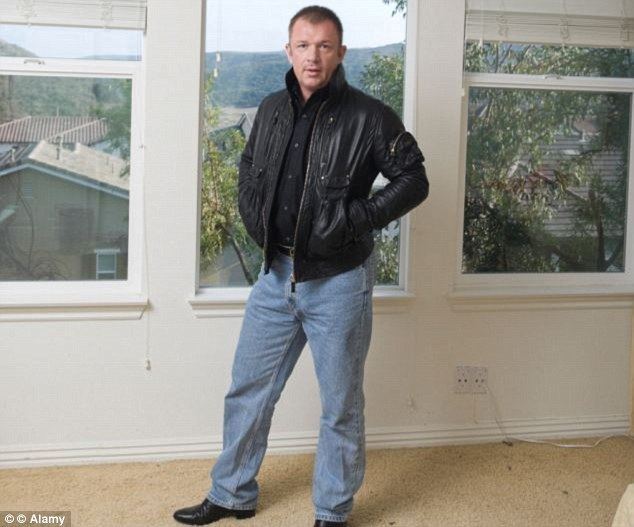 | ||
Present holder Alexander Montagu, 13th Duke Remainder to the 1st Duke's heirs male of the body lawfully begotten | ||
Duke of Manchester is a title in the Peerage of Great Britain. It was created in 1719 for the politician Charles Montagu, 4th Earl of Manchester.
Contents
- Origin
- Descent
- Seats
- Arms
- Titles and styles
- Burial place
- Line of succession to the dukedom
- Family tree
- References
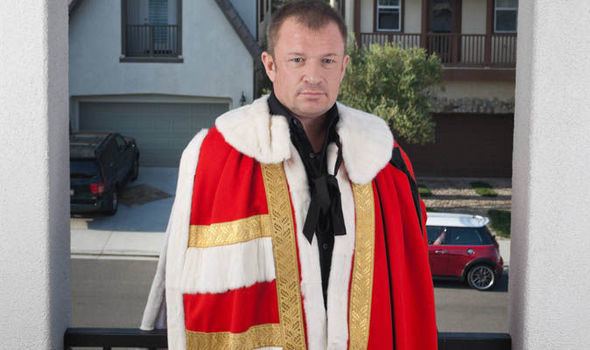
Origin

Their ancestor was one Richard Ladde, grandfather of the Lord Chief Justice Sir Edward, who changed his name to Montagu in about 1447. His descendants claimed a connection with the older house of Montagu or Montacute, Barons Montagu or Montacute and Earls of Salisbury, but there is no sound evidence that the two families were related. A case has been made out for the possibility that the Ladde alias came from a division among coheirs about 1420 of the remaining small inheritance of a line of Montagus at Spratton and Little Creton, also in Northamptonshire (Sources:English Genealogy, Anthony Wagner).
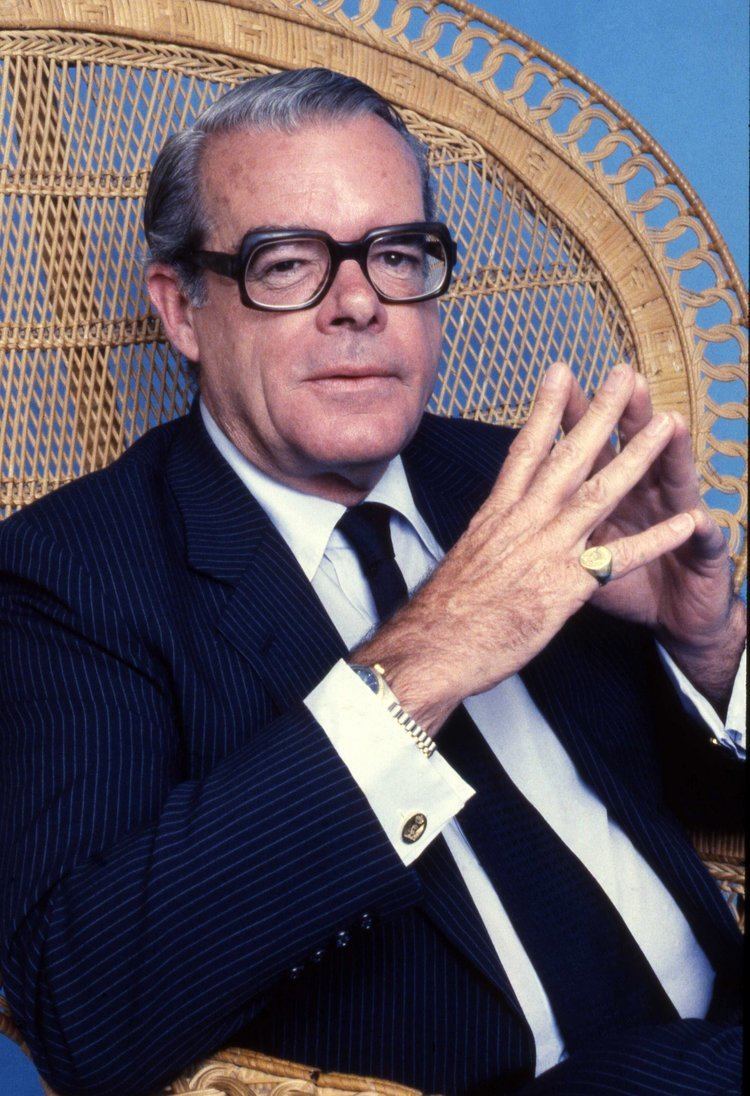
The judge Sir Edward Montagu's grandson, Edward Montagu, was raised to the peerage as 1st Baron Montagu of Boughton. He is the ancestor of the Dukes of Montagu. His brother, Sir Henry Montagu (c. 1563–1642), who served as Lord Chief Justice as well as Lord High Treasurer and Lord Privy Seal, was in 1620 raised to the Peerage of England as Viscount Mandeville, with the additional title Baron Montagu of Kimbolton, of Kimbolton in the County of Huntingdon. In 1626, he was made Earl of Manchester. It is said that the title referred not to the city of Manchester, but to Godmanchester in Huntingdonshire. The word "God" was deliberately excluded from the title, as Henry thought it would be blasphemous for him to be known as "Lord Godmanchester". However, this is not the case, as the patent roll of 1626 grants the title of "Earl of Manchester in the county of Lancaster".
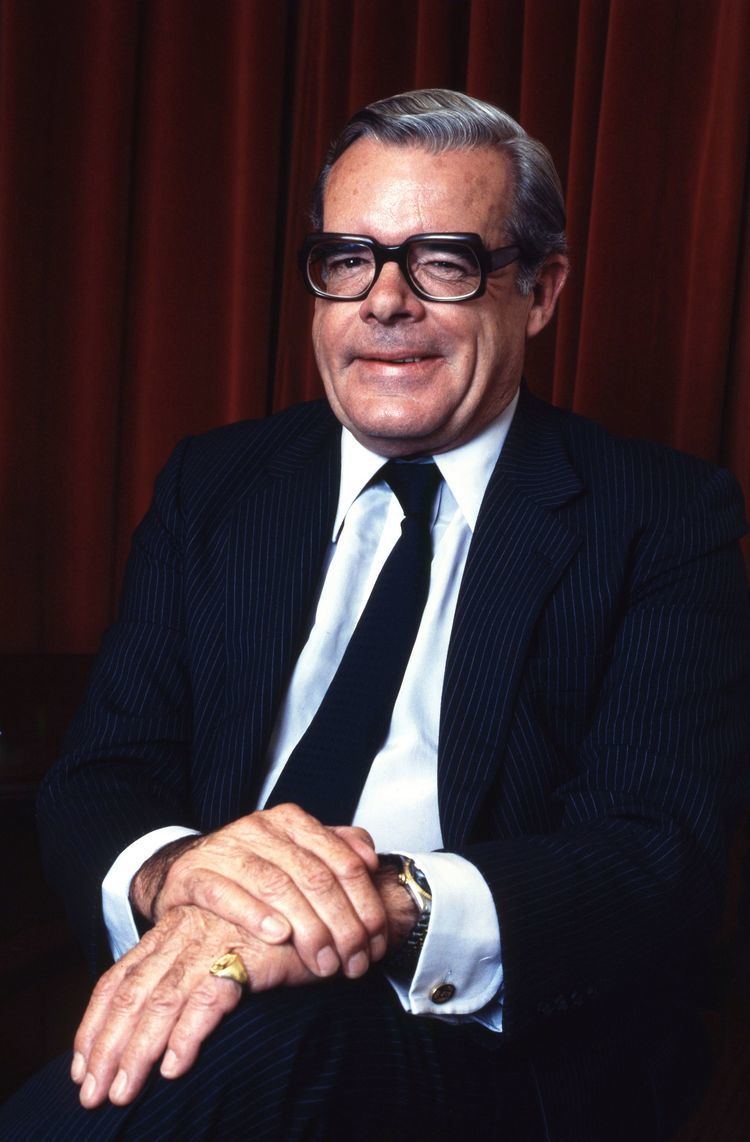
His son, the 2nd Earl, was a prominent Parliamentary General during the Civil War, but later supported the restoration of Charles II. His son, the 3rd Earl, represented Huntingdonshire in the House of Commons. His son was the 4th Earl, who in 1719 was created Duke of Manchester.
Descent
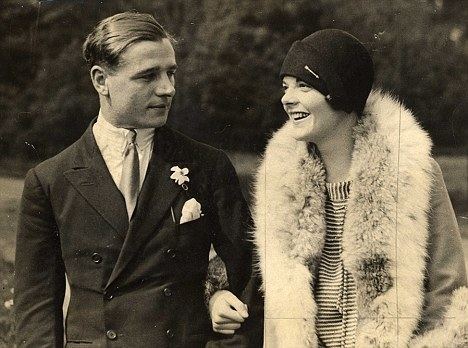
Charles, 1st Duke of Manchester, was succeeded by his eldest son. The 2nd Duke notably served as Captain of the Yeomen of the Guard in the administration of Sir Robert Walpole. He was childless, and on his death, the titles passed to his younger brother, the 3rd Duke. He had earlier represented Huntingdonshire in Parliament. He was succeeded by his son, the 4th Duke. He was Ambassador to France and served as Lord Chamberlain of the Household. His son, the 5th Duke, was Governor of Jamaica between 1827 and 1830 also held office as Postmaster General. He was succeeded by his son, the 6th Duke. He represented Huntingdon in the House of Commons as a Tory.
His eldest son, the 7th Duke, was Conservative Member of Parliament for Bewdley and Huntingdonshire. His son, the 8th Duke, briefly represented Huntingdonshire in Parliament. He was succeeded by his eldest son, the 9th Duke. He sat on the Liberal benches in the House of Lords and served as Captain of the Yeomen of the Guard in the Liberal administration of Sir Henry Campbell-Bannerman. In the twentieth century, mismanagement and profligacy resulted in the wholesale depletion of the Dukedom's estates. Generational instability caused further damage to the family's honour: both the 11th and 12th Dukes had a criminal record.
Seats
The principal estate of the Dukes of Manchester was Kimbolton Castle. It was sold, together with 50 acres of parkland, by the 10th Duke in 1951, and is now a private school. A remaining 3,250 acres of the estate were sold by his eldest son and heir in 1975. The other family seat was Tandragee Castle, in County Armagh, Northern Ireland. It was sold in 1955, and the remaining estate in 1975, and is now the headquarters of Tayto (NI) Ltd., a potato crisp manufacturer.
Arms
The arms of the Duke of Manchester have the following blazon: Quarterly, 1st & 4th: Argent, 3 fusils conjoined in fess gules (Montagu); 2nd & 3rd: or an eagle displayed vert beaked and membered gules (Monthermer). The fusils or diamond shapes in the Montagu arms were originally intended to represent a range of mountains, as the name comes from the old French mont agu meaning "pointed hill". The arms represent a claim to be a cadet of the medieval Montagu(Montacute) family, earls of Salisbury, for which there is no proof.
Titles and styles
The Duke of Manchester holds the subsidiary titles Earl of Manchester, Viscount Mandeville, and Baron Montagu of Kimbolton.
The Duke of Manchester is styled Your Grace (spoken style) or His Grace (reference style), alternatively Sir.
The heir apparent to the Dukedom takes the courtesy title Viscount Mandeville, and the heir apparent's heir apparent, when such exists, is styled Lord Kimbolton.
Burial place
Many members of the Montagu family (Earls and Dukes of Manchester) are buried at St Andrew's Church, Kimbolton, Cambridgeshire. Several Montagu monuments still exist in the South Chapel, while the Montagu vault (extended in 1853) is located beneath the North Chapel.
Line of succession to the dukedom
- Lord Kimble William Drogo Montagu (b. 1964), younger son of the 12th Duke
- William Anthony Drogo Montagu (b. 2000), only son of Lord Kimble
Family tree
see also: Family Tree: Earls and Dukes of Montagu
